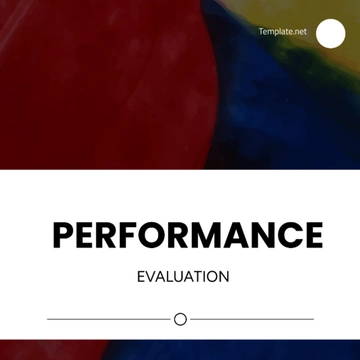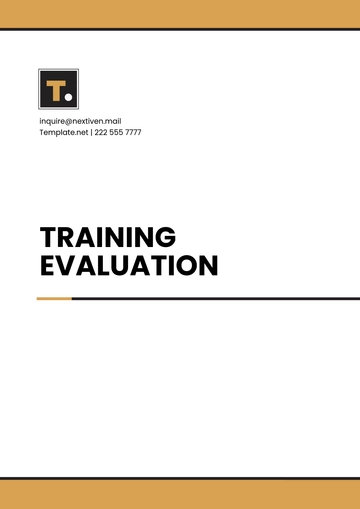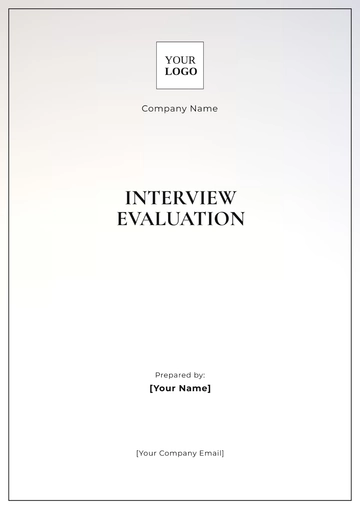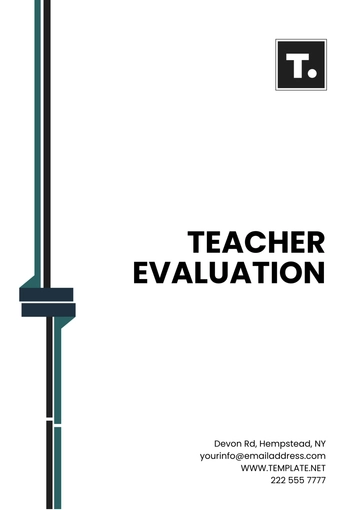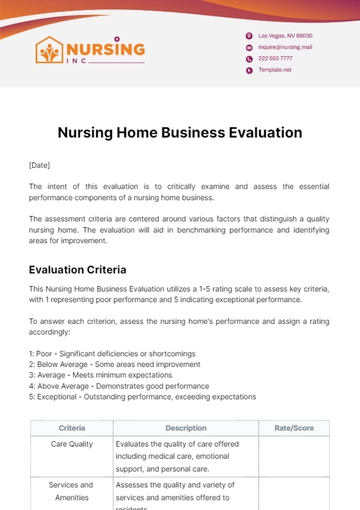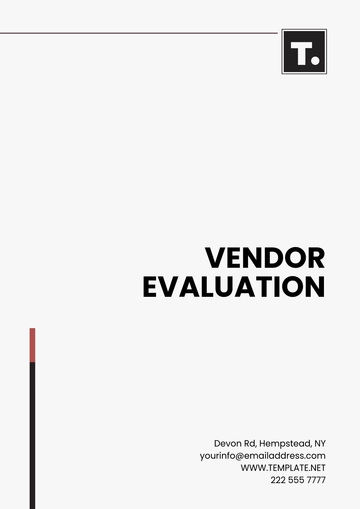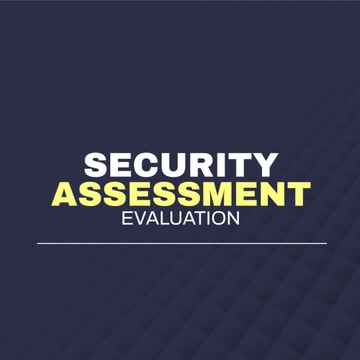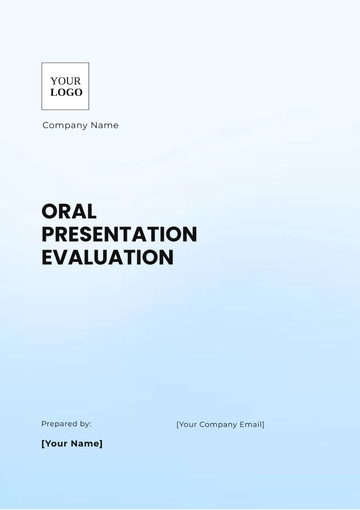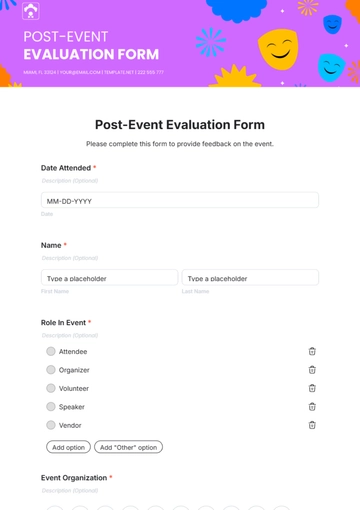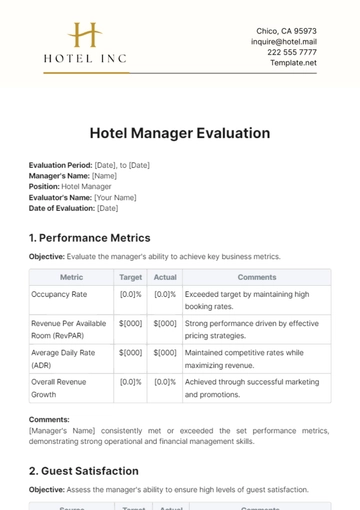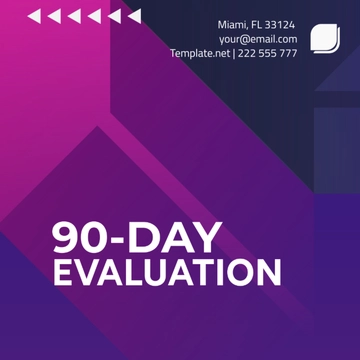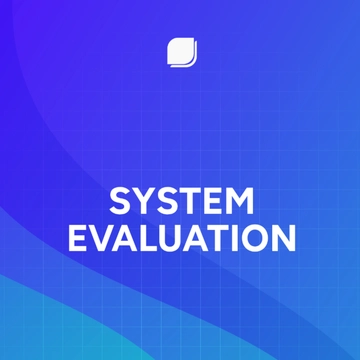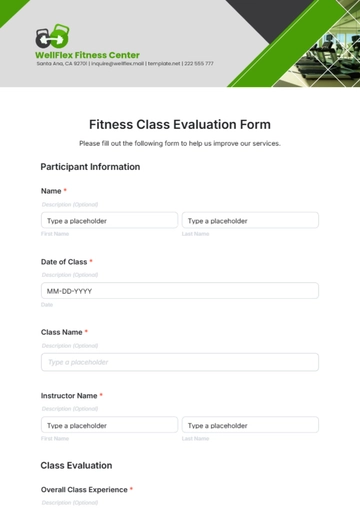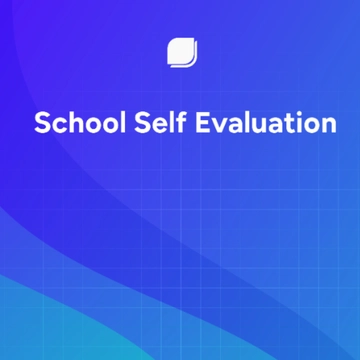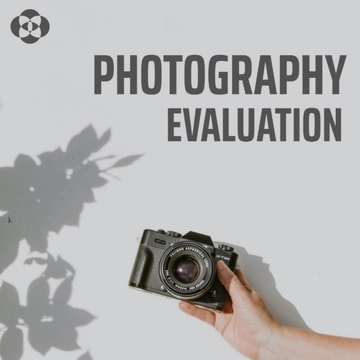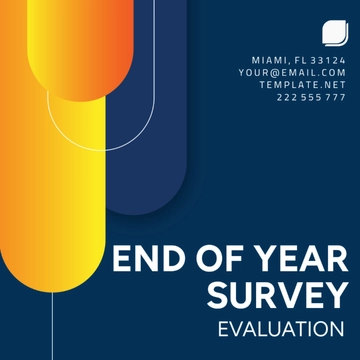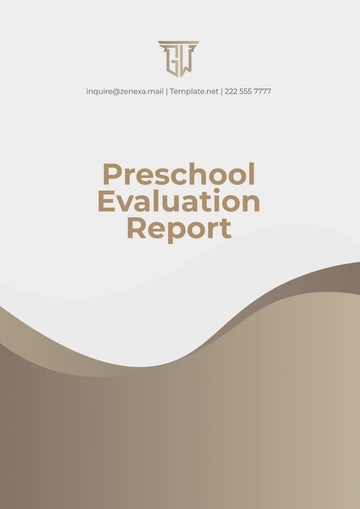Free Startup Team Performance Evaluation Report
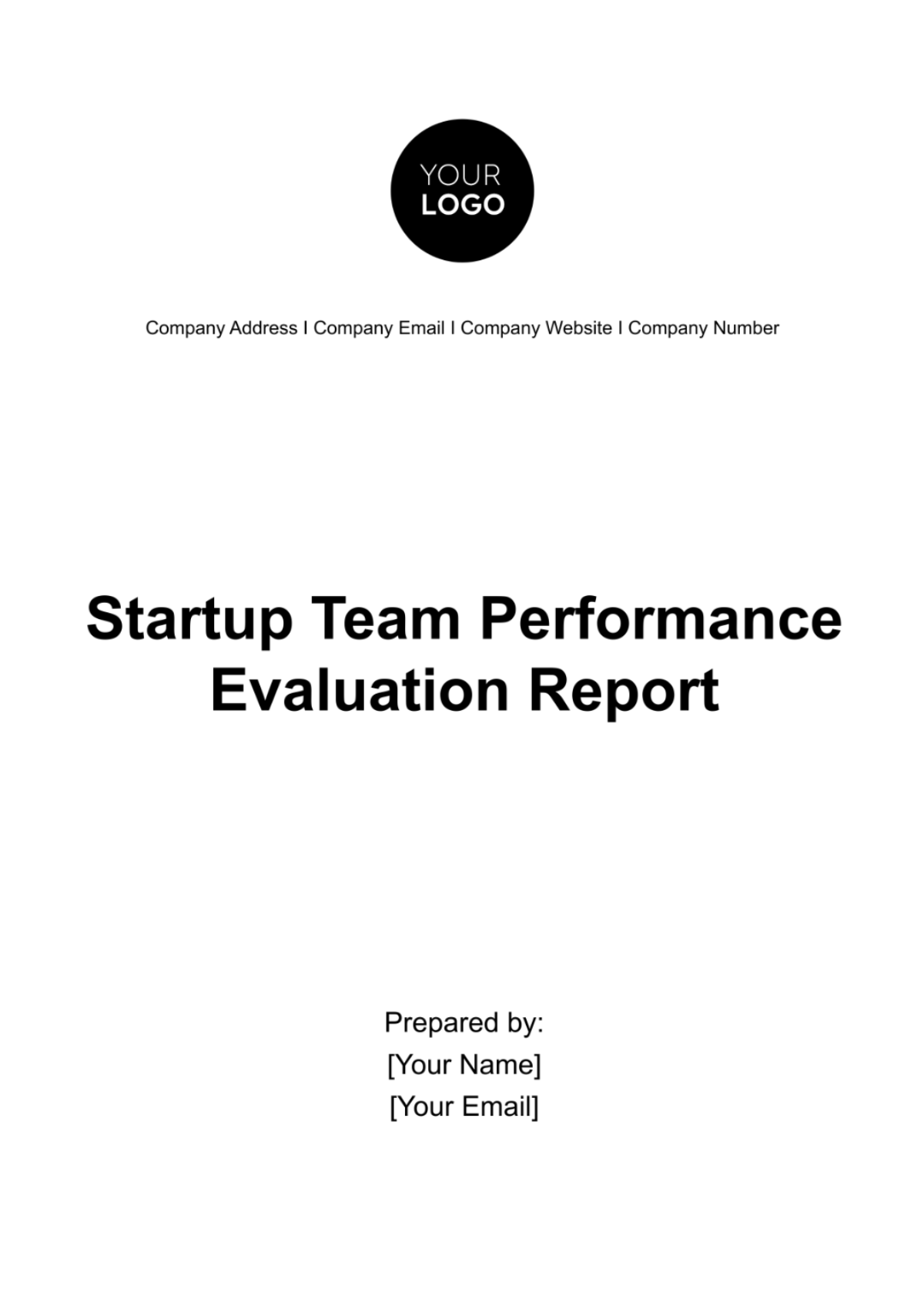
I. Executive Summary
A. Key Findings:
Overall, the startup team at [Your Company Name] has demonstrated commendable performance over the evaluation period.
Individual contributions have been significant, with team members consistently meeting or exceeding expectations in their respective roles.
Team dynamics have remained positive, fostering collaboration, innovation, and effective communication.
Leadership within the team has been effective, providing guidance, support, and motivation to achieve shared goals.
Goal achievement has been satisfactory, with the team making notable progress towards key objectives.
Recommendations:
Encourage ongoing professional development opportunities to further enhance individual skills and competencies.
Foster a culture of continuous improvement by soliciting feedback from team members and implementing actionable suggestions.
Strengthen communication channels to ensure clarity, transparency, and alignment across the team.
Provide leadership training and support to cultivate and empower future leaders within the startup team.
II. Introduction
A. Startup Overview:
[Your Company Name], a vibrant and innovative tech startup founded in 2050. [Your Company Name] is dedicated to revolutionizing the tech industry through cutting-edge solutions and forward-thinking strategies.
B. Team Composition:
The startup team at [Your Company Name] comprises [00] dedicated individuals with diverse backgrounds and expertise. From seasoned software developers to creative marketing specialists, each team member brings unique skills and perspectives to the table, contributing to the success and growth of [Your Company Name].
C. Evaluation Purpose:
The purpose of this performance evaluation is to assess the effectiveness and impact of the startup team in achieving [Your Company Name]'s objectives. By meticulously analyzing individual contributions, teamwork dynamics, leadership effectiveness, and goal attainment, we aim to identify areas of strength and opportunities for improvement within the team framework.
D. Evaluation Scope:
This evaluation comprehensively covers the performance of the startup team over the past year, focusing on key performance indicators (KPIs) meticulously aligned with [Your Company Name]'s strategic priorities. The assessment ambitiously encompasses both quantitative metrics and qualitative assessments to provide a holistic understanding of the team's performance dynamics.
E. Evaluation Framework:
Guided by a meticulously crafted set of predefined criteria, including individual performance, teamwork dynamics, leadership effectiveness, and goal achievement, the evaluation serves as a beacon for assessing the startup team's performance. These well-defined criteria diligently serve as benchmarks for gauging the team's effectiveness and inform actionable recommendations to enhance overall performance.
F. Stakeholder Involvement:
Stakeholders actively engaged in the evaluation process include the esteemed founders, visionary management team, esteemed department heads, and astute team leads at [Your Company Name]. Their invaluable input, insightful feedback, and unwavering support throughout the assessment period ensure a comprehensive evaluation process.
G. Reporting Structure:
The performance evaluation report, meticulously curated to encapsulate key findings and actionable recommendations, will be presented to the esteemed founders, dynamic management team, and visionary department heads at [Your Company Name]. This strategic dissemination aims to catalyze informed decision-making and foster a culture of continuous improvement within the startup team, propelling [Your Company Name] towards its lofty aspirations and goals.
III. Evaluation Criteria
A. Criteria Overview:
The evaluation criteria are carefully selected to provide a comprehensive assessment of the startup team's performance across key areas essential for success. Each criterion is aligned with [Your Company Name]'s strategic objectives and values, ensuring that the evaluation process reflects the organization's priorities and goals.
B. Evaluation Criteria:
Individual Performance:
1.1 Quality and Quantity of Work: Assessing the level of proficiency and productivity demonstrated by each team member in their respective roles.
1.2 Technical Skills and Expertise: Evaluating the proficiency and mastery of technical skills relevant to the individual's role and responsibilities.
Initiative and Innovation: Recognizing proactive efforts and creative contributions that drive innovation and problem-solving within the team.
Teamwork Dynamics:
2.1 Collaboration and Communication: Evaluating the effectiveness of collaboration and communication among team members in achieving shared objectives.
2.2 Cooperation and Support: Assessing the willingness of team members to support and assist each other in completing tasks and overcoming challenges.
2.3 Conflict Resolution: Evaluating the team's ability to address conflicts and disagreements constructively, fostering a positive and supportive team environment.
Leadership Effectiveness:
3.1 Vision and Strategy: Assessing the clarity of vision and strategic direction provided by team leaders in guiding the team towards achieving organizational goals.
3.2 Motivation and Inspiration: Evaluating the ability of leaders to motivate and inspire team members, fostering a sense of purpose and commitment.
3.3 Decision-Making and Problem-Solving: Assessing the effectiveness of leadership in making informed decisions and solving problems efficiently and effectively.
Goal Achievement:
4.1 Goal Clarity and Alignment: Evaluating the clarity and alignment of team goals with [Your Company Name]'s strategic objectives and priorities.
4.2 Progress and Performance: Assessing the extent to which the team has made progress towards achieving predefined goals and targets.
4.2 Adaptability and Resilience: Recognizing the team's ability to adapt to changes and overcome obstacles in pursuit of goals, demonstrating resilience and determination.
IV. Methodology
A. Data Collection Methods:
The evaluation process incorporates a variety of data collection methods to gather comprehensive insights into team performance. These methods may include:
Performance evaluations conducted by supervisors or team leads, utilizing standardized performance assessment forms or metrics.
Self-assessment surveys completed by individual team members, providing insights into self-perceived strengths, weaknesses, and areas for development.
Peer evaluations soliciting feedback from colleagues and team members, offering a 360-degree perspective on individual and team performance.
Analysis of key performance metrics and indicators, such as project milestones, productivity metrics, and customer satisfaction scores, to quantify performance outcomes.
B. Tools Utilized:
To facilitate data collection and analysis, [Your Company Name] utilizes a combination of tools and platforms, including:
Performance management software for tracking individual and team performance metrics, storing performance data, and generating performance reports.
Survey tools for conducting self-assessment surveys and gathering feedback from team members, providing an anonymous platform for honest and candid feedback.
Collaboration platforms for facilitating communication and teamwork among team members, enabling real-time collaboration, document sharing, and project management.
C. Data Analysis Process:
Data collected through various methods are analyzed using a structured approach to derive meaningful insights and conclusions. This process involves:
Aggregating and organizing data collected from different sources, ensuring data integrity and consistency.
Identifying patterns, trends, and correlations within the data through descriptive statistical analysis and data visualization techniques.
Analyzing data against predefined evaluation criteria to assess team performance objectively, identifying areas of strength and opportunities for improvement.
Drawing conclusions and identifying actionable insights based on the analysis, informing recommendations for enhancing team performance and effectiveness.
V. Individual Performance Assessment
A. Evaluation Criteria:
The individual performance assessment is based on the following criteria:
Criteria | Description |
|---|---|
Quality of Work | The level of proficiency and accuracy in completing tasks and assignments. |
Productivity | The quantity and efficiency of work output, including meeting deadlines and achieving goals. |
Communication Skills | The effectiveness of verbal and written communication, including clarity, conciseness, and responsiveness. |
B. Individual Performance Ratings:
Team Member | Quality of Work | Productivity | Communication Skills |
|---|---|---|---|
[Team Member 1] | Excellent | Excellent | Excellent |
[Team Member 2] | Good | Good | Excellent |
C. Additional Comments:
[Team Member 1] consistently delivers high-quality work with excellent attention to detail and a proactive approach to problem-solving.
[Team Member 2] excels in communication and collaboration, actively contributing to team initiatives and fostering a positive team environment.
VI. Team Dynamics
A. Evaluation Criteria:
The assessment of team dynamics is based on the following criteria:
Criteria | Description |
|---|---|
Collaboration | The degree to which team members work together cohesively, share ideas, and contribute to common goals. |
Communication Effectiveness | The clarity, openness, and effectiveness of communication channels within the team, including feedback mechanisms. |
Conflict Resolution | The ability of the team to address conflicts constructively, resolve disagreements, and maintain positive relationships. |
Cohesion | The sense of unity, trust, and camaraderie among team members, fostering a supportive and inclusive team environment. |
B. Team Dynamics Ratings:
Criteria | Rating |
|---|---|
Collaboration | Excellent |
Communication Effectiveness | Good |
Conflict Resolution | Good |
Cohesion | Excellent |
C. Recommendations for Improvement:
Enhance Communication Channels: Implement regular team meetings, utilize project management tools for real-time communication, and establish clear communication protocols to ensure information flow and transparency.
Conflict Resolution Training: Provide training sessions or workshops on conflict resolution techniques and strategies to equip team members with the skills to address conflicts constructively and maintain positive relationships.
Team Building Activities: Organize team-building activities, social events, or retreats to foster trust, camaraderie, and collaboration among team members, strengthening team cohesion and morale.
Feedback Mechanisms: Establish formal feedback mechanisms, such as anonymous suggestion boxes or regular feedback surveys, to solicit input from team members and address any concerns or issues proactively.
VII. Leadership Effectiveness Assessment
A. Evaluation Criteria:
The assessment of leadership effectiveness is based on the following criteria:
Criteria | Description |
|---|---|
Vision and Strategy | The clarity and alignment of the leader's vision and strategic direction with [Your Company Name]'s objectives. |
Motivation and Inspiration | The leader's ability to motivate and inspire team members, fostering a sense of purpose and commitment. |
Decision-Making and Problem-Solving | The effectiveness of leadership in making informed decisions and solving problems efficiently. |
Communication and Transparency | The leader's communication style and transparency in sharing information and updates with the team. |
B. Leadership Effectiveness Ratings:
Leader | Vision and Strategy | Motivation and Inspiration | Decision-Making and Problem-Solving | Communication and Transparency |
|---|---|---|---|---|
[Leader Name 1] | Excellent | Excellent | Excellent | Excellent |
[Leader Name 2] | Good | Good | Excellent | Good |
C. Additional Comments:
[Leader Name 1] demonstrates exceptional leadership qualities, providing clear vision and direction while inspiring and motivating team members to achieve [Your Company Name]'s objectives.
[Leader Name 2] exhibits strong decision-making skills and transparency in communication, although there is room for improvement in articulating a compelling vision and motivating team members.
VIII. Goal Achievement Analysis
A. Evaluation Criteria:
The assessment of goal achievement is based on the following criteria:
Criteria | Description |
|---|---|
Goal Clarity and Alignment | The clarity and alignment of team goals with [Your Company Name]'s strategic objectives and priorities. |
Progress and Performance | The extent to which the team has made progress towards achieving predefined goals and targets. |
Adaptability and Resilience | The team's ability to adapt to changes and overcome obstacles in pursuit of goals, demonstrating resilience. |
B. Goal Achievement Ratings:
Criteria | Rating |
|---|---|
Goal Clarity and Alignment | Excellent |
Progress and Performance | Good |
Adaptability and Resilience | Excellent |
C. Key Findings:
The team has demonstrated exceptional clarity and alignment with [Your Company Name]'s strategic objectives, with goals clearly defined and understood by all team members.
Progress towards achieving predefined goals has been satisfactory, with significant milestones achieved and progress made across key initiatives.
The team has exhibited remarkable adaptability and resilience in overcoming challenges and adapting to changing market conditions, ensuring continued progress towards strategic objectives.
D. Recommendations for Improvement:
Enhance Goal Tracking Mechanisms: Implement robust tracking and monitoring systems to monitor progress towards key goals and objectives more effectively.
Streamline Goal Setting Process: Clarify and streamline the goal-setting process to ensure alignment with [Your Company Name]'s strategic priorities and enhance goal clarity for all team members.
Foster a Culture of Continuous Improvement: Encourage a culture of continuous improvement and innovation, empowering team members to proactively identify opportunities for growth and optimization.
By addressing these recommendations, [Your Company Name] can further enhance its leadership effectiveness and goal achievement, driving continued success and growth in line with organizational objectives.
IX. Stakeholder Feedback Analysis
A. Data Collection Methods:
Stakeholder feedback was collected through a combination of surveys, interviews, and focus group discussions. Surveys were distributed to stakeholders electronically, allowing for anonymous feedback submission. Additionally, individual and group interviews were conducted to gather more in-depth insights and perspectives.
B. Key Themes Identified:
The analysis of stakeholder feedback revealed several key themes and observations:
Theme | Description |
|---|---|
Leadership Effectiveness | Stakeholders emphasized the importance of strong leadership in guiding and motivating the team towards achieving goals. |
Communication and Transparency | Feedback highlighted the need for improved communication channels and transparency in sharing information and updates. |
Collaboration and Teamwork | Stakeholders identified collaboration and teamwork as critical factors contributing to overall team success. |
Professional Development | There was consensus among stakeholders on the importance of investing in professional development opportunities for team members. |
C. Trends and Insights:
Founders and management team members expressed satisfaction with the overall performance of team leaders, noting their effective communication and strategic decision-making.
Department heads highlighted the need for enhanced cross-departmental collaboration to streamline workflows and improve project outcomes.
Team leads emphasized the importance of ongoing professional development initiatives to enhance team members' skills and capabilities.
D. Actionable Recommendations:
Based on the analysis of stakeholder feedback, the following actionable recommendations are proposed:
Implement leadership development programs to further enhance leadership effectiveness and managerial skills among team leaders and managers.
Enhance communication channels and transparency by implementing regular updates and town hall meetings to keep stakeholders informed about organizational developments and initiatives.
Foster a culture of collaboration and teamwork by organizing cross-functional projects and team-building activities to promote synergy and cohesion among team members.
Invest in professional development opportunities, such as training workshops and certifications, to support the continuous growth and skill development of team members.
Conclusion and Next Steps
A. Summary of Key Findings:
The performance evaluation revealed strengths in individual performance, teamwork dynamics, and goal achievement, highlighting areas of excellence within the startup team.
Stakeholder feedback provided valuable insights into leadership effectiveness, communication, collaboration, and professional development needs.
B. Recommendations for Action:
Implement leadership development programs to enhance leadership effectiveness and managerial skills.
Enhance communication channels and transparency to improve information flow and stakeholder engagement.
Foster a culture of collaboration and teamwork through cross-functional projects and team-building activities.
Invest in professional development opportunities to support the continuous growth and skill development of team members.
C. Next Steps:
Develop a detailed action plan outlining specific initiatives, timelines, and responsibilities for implementing the recommendations.
Communicate the findings and recommendations to all stakeholders, ensuring alignment and commitment to the proposed action plan.
Monitor progress and outcomes regularly, soliciting feedback and making adjustments as needed to drive continuous improvement.
- 100% Customizable, free editor
- Access 1 Million+ Templates, photo’s & graphics
- Download or share as a template
- Click and replace photos, graphics, text, backgrounds
- Resize, crop, AI write & more
- Access advanced editor
Analyze your startup team's performance effectively with Template.net's Startup Team Performance Evaluation Report. This fully customizable and editable tool, available now on our Ai Editor Tool, gives you the flexibility to adjust the parameters according to your needs. Adopt this user-friendly approach to monitor and enhance your team's productivity and growth efficiently.

